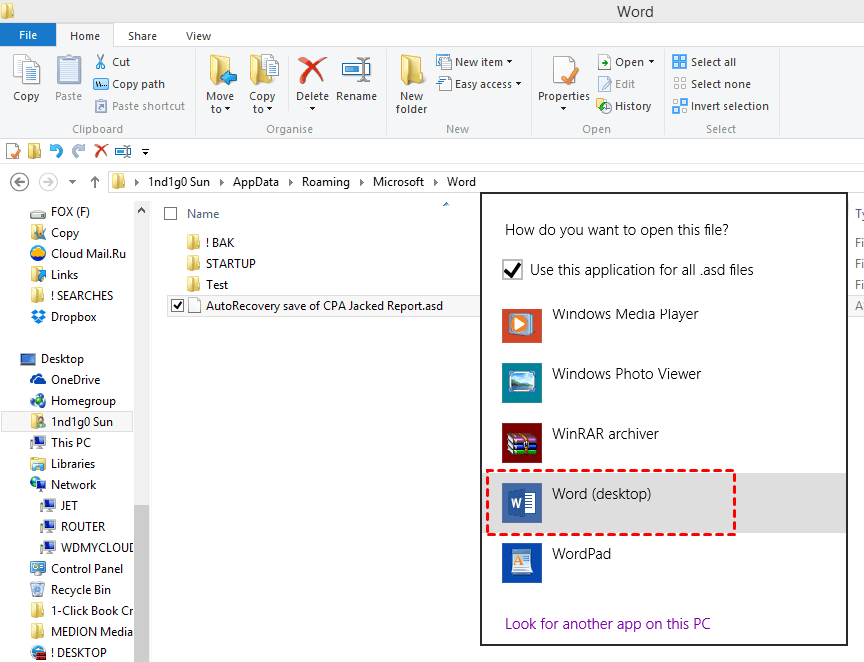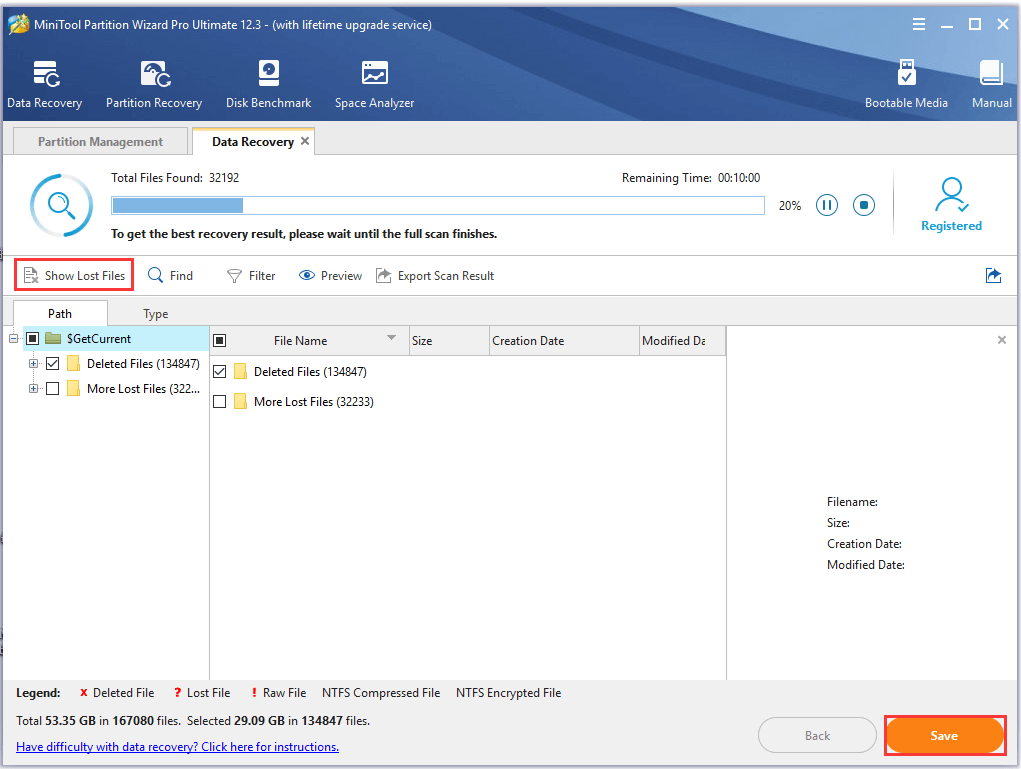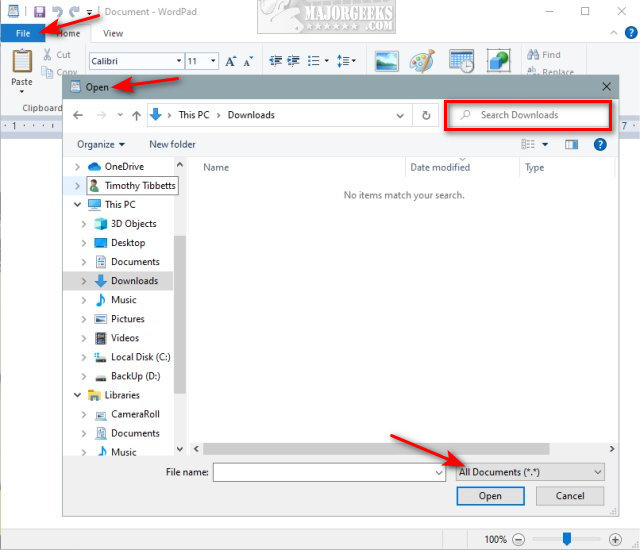Opening ASD Files: A Comprehensive Guide
An ASD file is a drawing created in Autodesk AutoCAD, a popular computer-aided design (CAD) software. These files contain 2D and 3D models, annotations, and other design data used in various industries, including architecture, engineering, and manufacturing.
Understanding how to open ASD files is crucial for professionals and individuals working with AutoCAD drawings. It enables them to view, edit, and collaborate on designs, ensuring seamless workflows and accurate project execution. One significant development in AutoCAD is the introduction of the ASD file format, which replaced the older DWG format and offered improved file security and recovery capabilities.
This article provides a step-by-step guide on how to open ASD files, covering different methods and software options available.
How To Open ASD File
Understanding the essential aspects of opening ASD files is crucial for professionals and individuals working with AutoCAD drawings. These aspects encompass various dimensions, including software compatibility, file security, collaboration capabilities, and more.
- Software Compatibility
- File Security
- Collaboration
- Troubleshooting
- File Conversion
- Data Recovery
- File Management
- Performance Optimization
A thorough understanding of these aspects enables users to effectively open, edit, and manage ASD files, ensuring seamless workflows and accurate project execution. For instance, knowing the compatible software allows users to choose the right tools for accessing and modifying ASD files. Understanding file security measures helps protect sensitive design data from unauthorized access. Additionally, collaboration features facilitate efficient teamwork and real-time project updates.
Software Compatibility
Software compatibility is a critical component of opening ASD files. An ASD file is a drawing created in Autodesk AutoCAD, a popular computer-aided design (CAD) software. To open and edit ASD files, you need to have compatible software installed on your computer.
There are several different software programs that can open ASD files. The most common program is AutoCAD itself. However, there are also a number of third-party programs that can open and edit ASD files. These programs include:
- Autodesk DWG TrueView
- Adobe Acrobat Reader
- CorelDRAW
- SolidWorks
When choosing a software program to open ASD files, it is important to consider the features that you need. If you only need to view and print ASD files, then you can use a free program like DWG TrueView. However, if you need to edit ASD files, then you will need to purchase a more powerful program like AutoCAD.
Understanding the relationship between software compatibility and opening ASD files is important for several reasons. First, it helps you to choose the right software for your needs. Second, it helps you to avoid problems when opening and editing ASD files. Third, it helps you to understand the limitations of different software programs.
File Security
File security is a critical component of opening ASD files. ASD files often contain sensitive design data, such as intellectual property, financial information, or customer data. Protecting this data from unauthorized access is essential for businesses and individuals alike.
There are a number of ways to secure ASD files. One common method is to use a password to encrypt the file. This prevents unauthorized users from opening the file, even if they have access to it. Another method is to store the file on a secure server. This prevents unauthorized users from accessing the file over the internet.
Understanding the connection between file security and opening ASD files is important for several reasons. First, it helps you to protect your sensitive data from unauthorized access. Second, it helps you to comply with data protection regulations. Third, it helps you to maintain the integrity of your design data.
Collaboration
Collaboration is an essential aspect of working with ASD files. ASD files often contain complex design data that needs to be shared and edited by multiple people. To facilitate this collaboration, AutoCAD provides a number of features that allow users to work together on ASD files.
- Real-Time Co-Editing
AutoCAD allows multiple users to edit an ASD file at the same time. This can be useful for projects that require input from multiple disciplines, such as architecture and engineering.
- Version Control
AutoCAD's version control system allows users to track changes to ASD files. This can be useful for preventing conflicts and ensuring that everyone is working on the latest version of the file.
- Cloud Collaboration
AutoCAD supports cloud collaboration through Autodesk Drive. This allows users to store ASD files in the cloud and access them from anywhere. This can be useful for teams that are working on projects remotely.
- Third-Party Integrations
AutoCAD integrates with a number of third-party collaboration tools, such as Microsoft Teams and Slack. This allows users to communicate with each other and share ASD files within their preferred collaboration environment.
These collaboration features make it easier for teams to work together on ASD files. This can lead to increased productivity and better project outcomes.
Troubleshooting
Troubleshooting is an integral aspect of opening ASD files, as it enables users to identify and resolve issues that may arise during the process. Various factors can contribute to problems when opening ASD files, including software compatibility, file corruption, and system errors.
- Software Compatibility
ASD files are primarily associated with Autodesk AutoCAD, but they can also be opened using compatible third-party software. Ensuring software compatibility is crucial to avoid errors related to unsupported file formats or outdated software versions. - File Corruption
ASD files can become corrupted due to unexpected system shutdowns, power outages, or virus infections. Corrupted files may exhibit errors when attempting to open them, leading to data loss or inaccessibility. - System Errors
Insufficient system resources, such as low memory or disk space, can hinder the opening of ASD files. Additionally, operating system errors or hardware malfunctions can cause system-wide issues that affect file access and operation. - Network Issues
For ASD files stored on a network drive or accessed remotely, network connectivity issues can prevent successful file opening. Slow network speeds, unstable connections, or firewall restrictions can contribute to these problems.
Understanding these common troubleshooting aspects empowers users to identify and address potential obstacles when opening ASD files. By addressing software compatibility, file corruption, system errors, and network issues, users can effectively resolve problems and ensure seamless access to their ASD files.
File Conversion
File conversion plays a crucial role in the process of opening ASD files, as it allows users to access and work with ASD files created using different software or older versions of AutoCAD. File conversion involves transforming an ASD file into a compatible format that can be opened and edited using the available software.
The need for file conversion arises when users encounter ASD files created in an incompatible version of AutoCAD or when they need to share ASD files with individuals who use different software. By converting the ASD file to a more accessible format, users can overcome software compatibility barriers and ensure seamless collaboration.
Real-life examples of file conversion within the context of opening ASD files include converting ASD files to DWG format, a widely supported CAD file format, to allow for compatibility with older versions of AutoCAD or third-party software. Additionally, converting ASD files to PDF format enables users to share designs with non-CAD users or for archival purposes.
Understanding the connection between file conversion and opening ASD files is essential for effective workflow management, ensuring that users can access and utilize ASD files regardless of software compatibility or version differences. This understanding empowers users to make informed decisions regarding file conversion, enabling them to choose the most appropriate format for their specific needs and ensuring seamless collaboration and data accessibility.
Data Recovery
Data recovery is an essential aspect of working with ASD files, as it enables users to retrieve lost or corrupted data from damaged or inaccessible ASD files. This can be critical for recovering important design data, preventing project delays, and ensuring business continuity.
- File Repair
ASD files can become corrupted due to unexpected system shutdowns, power outages, or virus infections. File repair tools can be used to scan and repair corrupted ASD files, recovering as much data as possible.
- Backup and Restore
Regularly backing up ASD files to a secure location, such as a cloud storage service or external hard drive, can provide a safety net in case of data loss. If an ASD file becomes corrupted or inaccessible, it can be restored from the backup.
- Data Extraction
In some cases, it may be possible to extract data from a damaged ASD file, even if the file cannot be fully repaired. Data extraction tools can be used to recover specific elements of the file, such as geometry, annotations, or metadata.
- Third-Party Services
Specialized data recovery services can be used to recover data from severely corrupted or inaccessible ASD files. These services typically use advanced techniques and tools to retrieve data that cannot be recovered using standard methods.
Understanding the role of data recovery in the context of opening ASD files is important for ensuring data security and business continuity. By implementing robust data recovery strategies, such as file repair, backup and restore, and data extraction, users can minimize the risk of data loss and protect their valuable design data.
File Management
File management plays a crucial role in the overall process of opening ASD files. Effective file management practices ensure that ASD files are organized, easily accessible, and protected against data loss. This, in turn, streamlines the process of opening and working with ASD files, enhancing productivity and reducing the risk of errors.
One of the key aspects of file management is the use of a structured file naming system. Assigning meaningful names to ASD files and organizing them into appropriate folders makes it easier to locate and retrieve specific files when needed. This is particularly important when working with multiple ASD files or collaborating on projects with others.
Regular backups are another essential aspect of file management. Creating regular backups of ASD files protects against data loss due to hardware failures, accidental deletions, or virus infections. By maintaining up-to-date backups, users can quickly restore lost or corrupted ASD files, minimizing the impact of data loss and ensuring business continuity.
Understanding the connection between file management and opening ASD files is essential for efficient and secure data handling. Implementing robust file management strategies, such as structured file naming, regular backups, and version control, empowers users to effectively organize, access, and protect their ASD files, ensuring seamless workflows and protecting valuable design data.
Performance Optimization
Performance optimization is a crucial aspect of working with ASD files, as it can significantly impact the time it takes to open, edit, and save these files. Various factors can affect the performance of ASD files, including file size, complexity, and the hardware and software used to open them.
One of the most important aspects of performance optimization is ensuring that the hardware used to open ASD files meets the recommended system requirements. This includes having sufficient RAM, a fast processor, and a dedicated graphics card. Additionally, using the latest version of AutoCAD or compatible software can improve performance, as newer versions often include optimizations and bug fixes.
Another important aspect of performance optimization is managing the size and complexity of ASD files. Large and complex ASD files can be slow to open and edit, especially on older or less powerful computers. To improve performance, users can try to reduce the file size by purging unused data, such as old layers, blocks, and materials. Additionally, breaking down complex models into smaller, more manageable chunks can also improve performance.
Understanding the connection between performance optimization and opening ASD files is essential for ensuring efficient workflows and maximizing productivity. By implementing performance optimization techniques, such as ensuring adequate hardware, managing file size and complexity, and using optimized software, users can significantly improve the speed and responsiveness of their ASD files, enabling them to work more efficiently and effectively.
In conclusion, understanding the various aspects of opening ASD files is essential for professionals and individuals working with AutoCAD drawings. This article has explored the software compatibility, file security, collaboration capabilities, troubleshooting techniques, file conversion methods, data recovery strategies, file management practices, and performance optimization techniques associated with ASD files. By comprehending these aspects, users can effectively open, edit, manage, and protect their ASD files, ensuring seamless workflows and accurate project execution.
Key takeaways from this article include the importance of using compatible software, implementing robust file security measures, leveraging collaboration features for efficient teamwork, utilizing troubleshooting techniques to resolve issues, employing file conversion methods for compatibility, implementing data recovery strategies for data protection, adopting effective file management practices for organization and accessibility, and applying performance optimization techniques for enhanced speed and responsiveness. These interconnected elements contribute to a comprehensive understanding of how to open ASD files and empower users to work more efficiently and effectively with AutoCAD drawings.



Detail Author:
- Name : Franz VonRueden
- Username : xoconnell
- Email : jacquelyn.dach@greenholt.com
- Birthdate : 1985-11-09
- Address : 18253 Gloria Avenue Kristofferfort, OR 03096-1705
- Phone : (747) 651-0146
- Company : Von-O'Connell
- Job : Philosophy and Religion Teacher
- Bio : Eum assumenda repellendus qui cumque. Nisi exercitationem nam facere nam porro. Sit repellendus explicabo sapiente sit aut laborum.
Socials
twitter:
- url : https://twitter.com/marina_mraz
- username : marina_mraz
- bio : Voluptas enim incidunt sit veniam. Vitae labore iure ut labore et esse. Dolores asperiores perspiciatis qui qui harum facilis facere.
- followers : 4579
- following : 2020
tiktok:
- url : https://tiktok.com/@marina524
- username : marina524
- bio : Exercitationem ratione atque voluptatibus non sit autem.
- followers : 5050
- following : 1719
instagram:
- url : https://instagram.com/mraz1981
- username : mraz1981
- bio : Molestiae et accusamus quisquam at. Labore iure ad voluptas repudiandae. Qui quia voluptas ut sint.
- followers : 4178
- following : 2093
linkedin:
- url : https://linkedin.com/in/mmraz
- username : mmraz
- bio : Praesentium inventore harum et commodi qui quod.
- followers : 313
- following : 2364
facebook:
- url : https://facebook.com/mrazm
- username : mrazm
- bio : Sit fuga neque suscipit doloribus.
- followers : 489
- following : 692